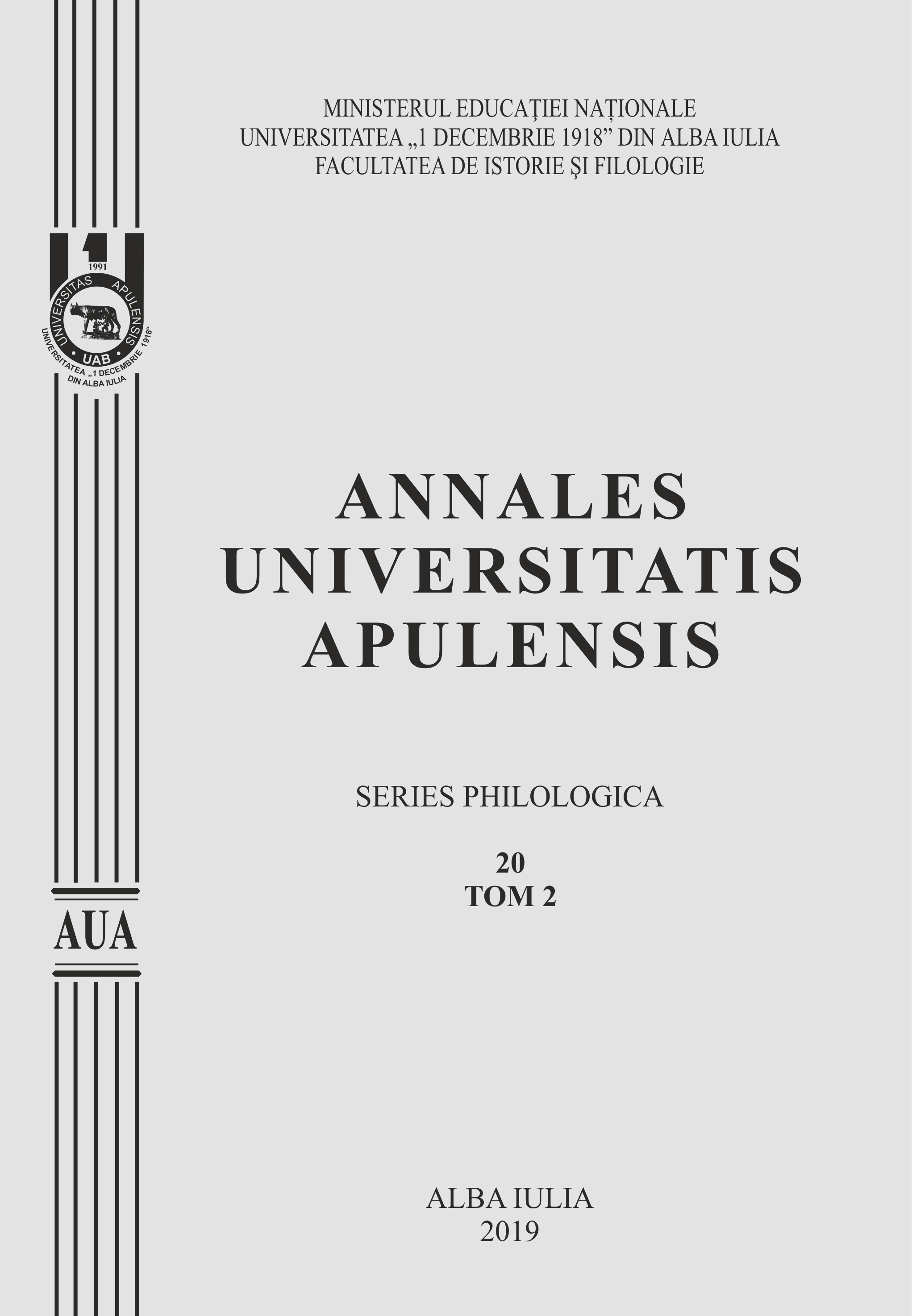ON CHANGES IN LANGUAGE AND CULTURAL CONTINUITY. A THEORETICAL APPROACH
ON CHANGES IN LANGUAGE AND CULTURAL CONTINUITY. A THEORETICAL APPROACH
Author(s): Valentin Dragoș BiroSubject(s): Language and Literature Studies, Applied Linguistics, Sociolinguistics, Descriptive linguistics
Published by: Universitatea »1 Decembrie 1918« Alba Iulia
Keywords: Diachony; Change; Dynamics; Continuity; Culture; Language; Evolution;
Summary/Abstract: Language is subjected to a double definition process: by the static reality characteristic of the system, due to inertia to change, and by its permanent character regarding the language acts producing, through speaking. Because it is under the pressure of concrete communicative needs, a language is subjected to a continuous dynamics assuring the language progress or regress, both aspects, together with neutral modifications, actually meaning, in the Darwinist perspective, the language evolution. My approach, thus, comes with a necessary conceptual delimitation between the language evolution and progress, on the one hand, but also between causes which determine the evolution and the evolution in itself, as a process. On the other hand, as language and culture are in a relationship of interdependence and language cannot function outside the cultural context than as an abstract language, the dynamics of the language displayed in texts becomes equally a dynamic of culture, because, just like the part determines the specificity of the whole, being not different from it, the whole shapes and remodels component parts in the sense of its own characteristics. If language is perceived diachronically in its dynamics, and must be perceived as such, culture must also be given the attribute of dynamics in the diachronic, because language and culture are reciprocal tributes, the first finding in culture the context of manifestation and the latter manifesting in the culture, mostly through language. Moreover, as in language is manifested the tension that generates the election and change between tradition and innovation, tension predominantly directed towards a still ever-relative equilibrium, so the culture is in a permanent pendulum between what is manifested, manifests itself creatively and will manifest. From this point of view, the diachronic perspective on cultural existence is as natural as the diachronic perspective on the existence of the language, the two intersecting, overlapping, sometimes substituting each other, influencing each other and forming, together, the spiral of the DNA of the spiritual existence of humanity from its beginnings.
Journal: Annales Universitatis Apulensis. Series Philologica
- Issue Year: 20/2019
- Issue No: 2
- Page Range: 149-170
- Page Count: 22
- Language: Romanian

